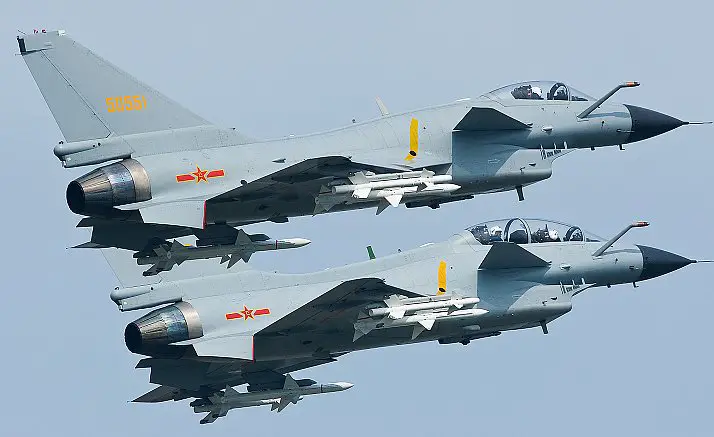Breaking news
Combat Aircraft Swapped for Oil: Iran reportedly interested by China's J-10 fighter aircraft.
| a | |||
|
World Aviation Defense & Security News - Iran
|
|||
| Combat Aircraft Swapped for Oil: Iran reportedly interested by China's J-10 fighter aircraft | |||
|
Iran could become the second overseas user of Chengdu Aircraft Industry Group's J-10, according to wantchinatimes. According to the report, Iran will received the fighters without paying a dollar to China, by signing a contract to allow Beijing to exploit its largest oilfield over the next 20 years.
|
|||
|
|
|||
|
|
|||
|
According to local medias, China would provide the Iranian Air Force with a total number of 24 F-10A Vigorous Dragon jets, the export version of the J-10, to equip its two fighter groups. The cost of a single J-10 is estimated at US$40 million, making the value of the deal around US$1 billion. This could be bartered through permitting Beijing 20 years of exploitation rights to the Azadegan oilfield. With a range of 2,940 kilometers, the fighters are capable of defending Iran's entire airspace and that of the Persian Gulf.
It has been alleged that the J-10 is actually a version of the Israeli "Lavi" aircraft developed in the 80's in Israel – a project that was halted due to American pressure. China and Israel officially denied the connection between the two aircraft. However, if in the end it will turn out that the J-10 has Israeli roots, it would be somewhat ironic if technology developed by Israeli engineers ends up in the hands of Iranian pilots. Pakistan is the first overseas customer for the J-10. Back in 2009, China agreed to sell 36 export version of the advanced J-10B fighters known as FC-20 to Pakistan in a contract worth US$1.4 billion. |
|||




















 PLAAF's
PLAAF's